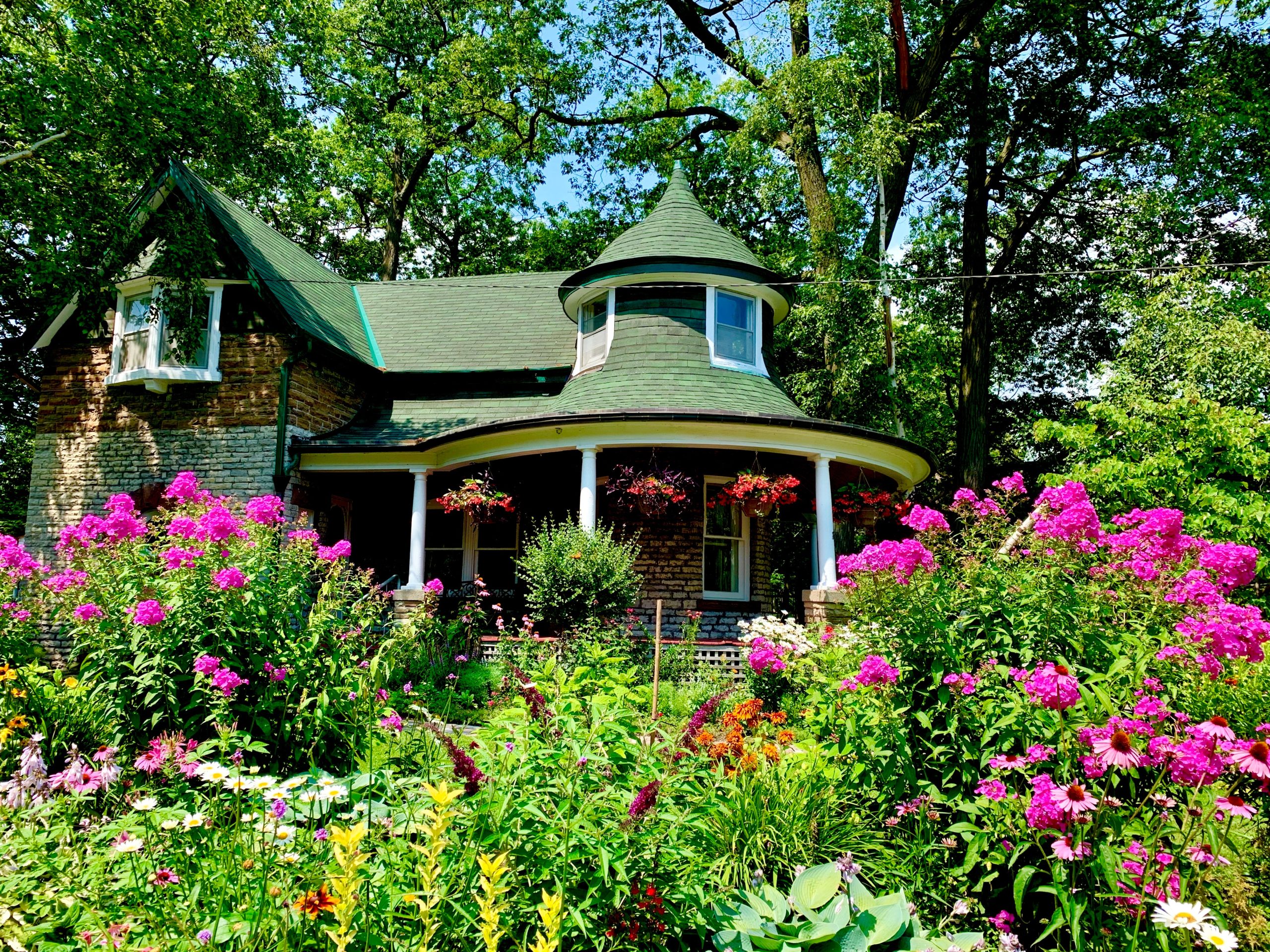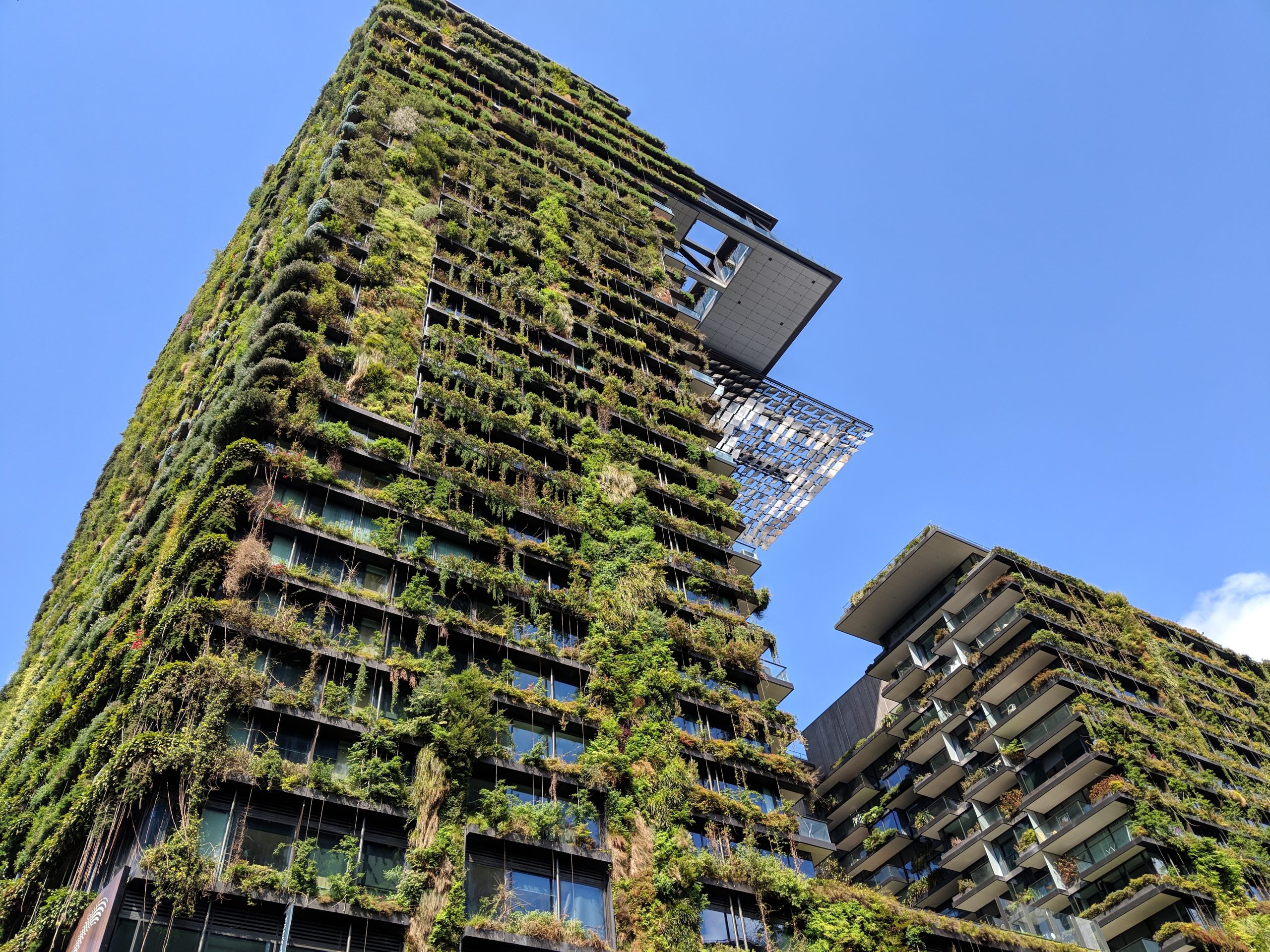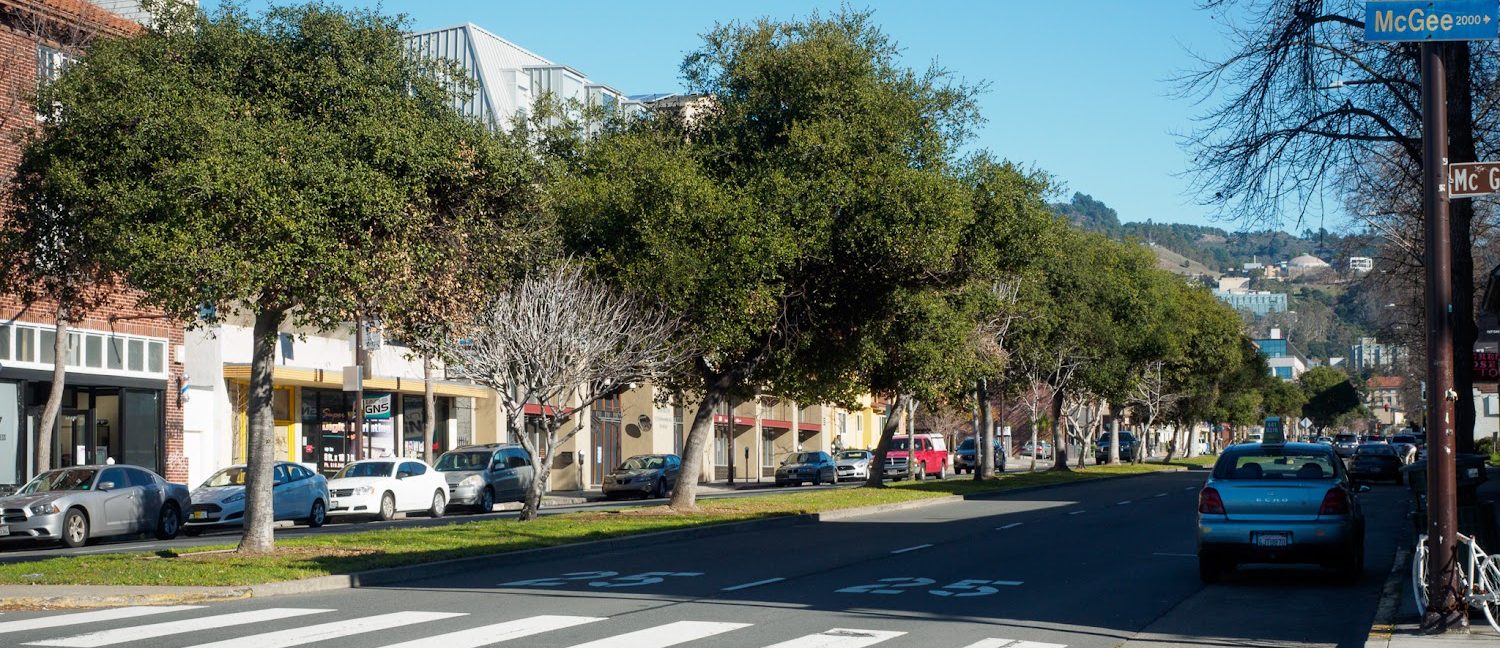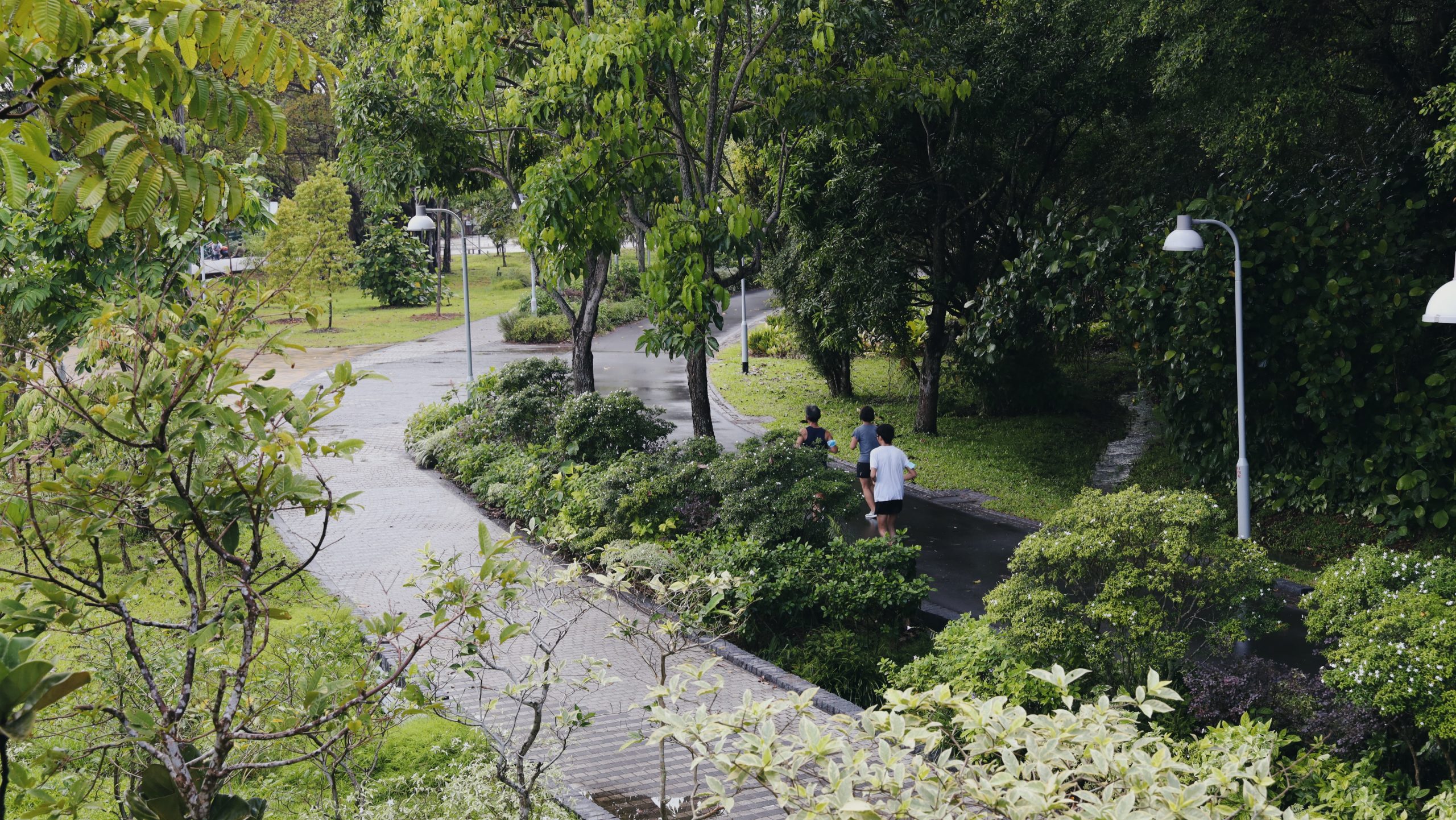Matrix Quality
Image credits: Robin Grossinger
The urban matrix is the area around and between urban patches and corridors.
Matrix quality refers to how well urban areas support biodiversity in between the patches and corridors. Areas with more street trees, bioretention areas, green roofs, and backyard gardens are better able to support native plants and animals. While individual habitat elements in the matrix are often too small to support large wildlife populations themselves, they can support wildlife movement and foraging in cities. Matrix quality improvements can be made around patches to increase the effective patch size, along connections to increase the effective corridor width, between patches to increase connectivity, or clustered to form habitat complexes.

Relevant Planning and Design Strategies
The Urban Biodiversity Framework identifies seven key landscape elements that, when integrated together into urban design and planning, have the greatest chance of supporting the greatest number of species. Each element is related to various strategies from the urban planning, site design, and detailed design chapters.
- All Strategies
- Urban Planning
- Site Design
- Detailed Design




